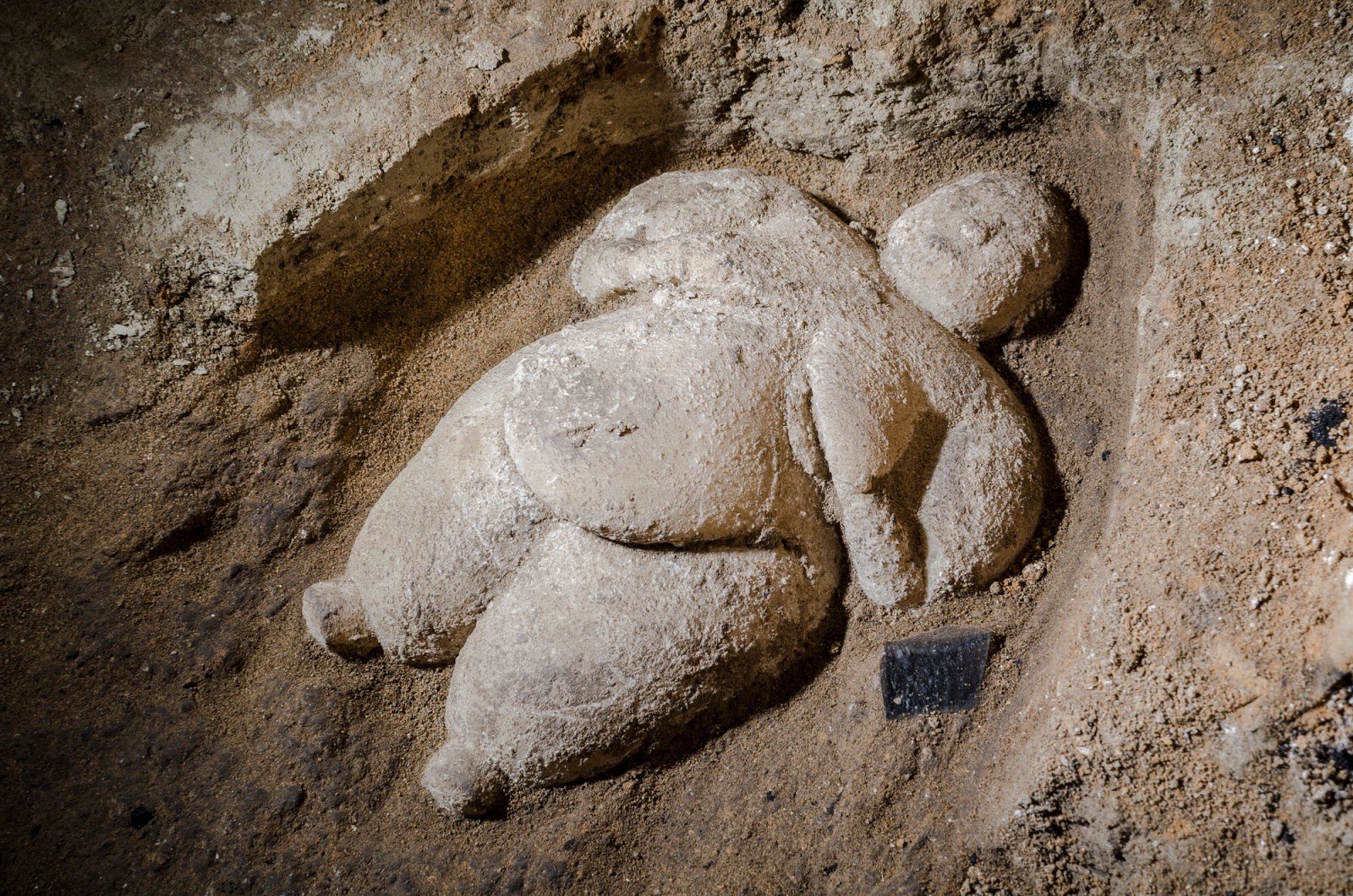Hagai Levine et al., “Temporal trends in sperm count: a systematic review and meta-regression analysis,” Human Reproduction Update 23 (2017): 646–659.
Zeynep B. Gürtin, “Patriarchal Pronatalism: Islam, secularism and the conjugal confines of Turkey’s IVF boom,” Reproductive BioMedicine and Society Online 2 (2016): 39–46.
James Scott, Against the Grain: A Deep History of the Earliest States (New Haven: Yale University Press, 2017).
James Mellaart, Çatal Hüyük: A Neolithic Town in Anatolia (New York: McGraw-Hill, 1967).
Ian Hodder and Lynn Meskell, “The symbolism of Çatalhöyük in its regional context,” in Religion in the Emergence of Civilization, ed. Ian Hodder (Cambridge: Cambridge University Press, 2010).
Marija Gimbutas, The Language of the Goddess: Unearthing the Hidden Symbols of Western Civilization (London: Thames and Hudson, 2001).
Lynn E. Roller, In Search of God The Mother: The Cult of Anatolian Cybele (Berkeley: University of California Press, 1999).
Jan Willem Erisman et al., “How a century of ammonia synthesis changed the world,” Nature Geoscience 1, no. 10 (2008): 636–639.
